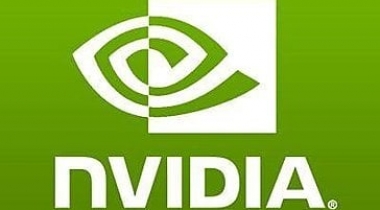Derive insight from images with our powerful Cloud Vision API
Google Cloud Vision API
Customer Reviews
Google Cloud Vision API Reviews
G2 User in Information Technology and Services
Advanced user of Google Cloud Vision APIWhat do you like best?
Pros: 1. The accuracy is way higher as compared to other professional OCR engines available in the market for the use case that I am tackling.
2. Response time is decent (though it depends on the sizes of the images uploaded to the service)
3. Easy to configure and setup
4. The pricing scheme is also very good, its pay per use
5. Does not require any image pre processing for most of the OCR use cases, just upload an unprocessed image. Most of the heavy weight lifting for OCR process is done by the service
6. Provides an excellent benchmark if you are planning to build your own OCR engine.
What do you dislike?
Cons: 1. Documentation could be improved
2. The logging from the library could be improved to better understand failure scenarios
3. It would be good have an offline service too, always requires a connection to the internet. (Unlike its counter part mobile vision)
4. Once or twice I have observed that their backend update to the service added some extra OCR characters to the response, which broke the logic I had previously built on. So, there is a need to constantly check the response being returned from the service
5. Some advanced configurations that could be useful are missing or not documented. For example, there is no font training available with the service.
Recommendations to others considering the product:
Definitely recommended if your OCR solutions has access to internet
What problems are you solving with the product? What benefits have you realized?
Problems :
1. Generic OCR problems
Benefits
1. Best accuracy in the industry for an off the shelf generic OCR
2. Fast














